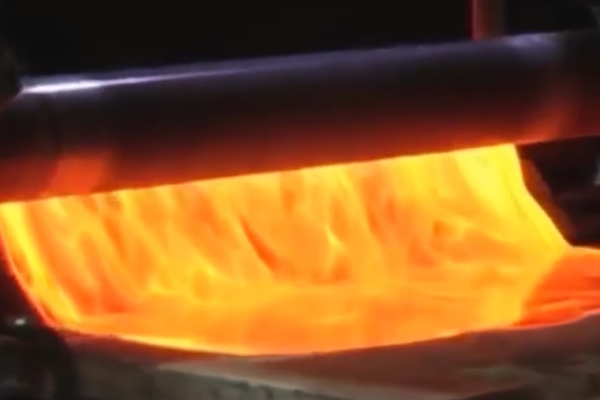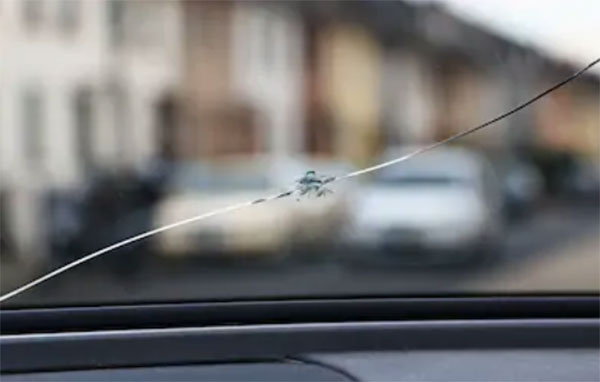
How is glass made?
We use glass in so many parts of our daily lives. Learn how glass is created and manufactured!
No matter how glass is made, the process requires incredible amounts of heat. At glass making plants, sand, recycled waste glass, sodium carbonate (soda ash), and calcium carbonate (limestone – something we have plenty of here in Austin TX!) are mixed and heated in a furnace. On its own, the soda ash makes a glass like substance that dissolves in water, called sodium silicate. Soda ash has a lowered melting point and saves energy. Limestone is added to get rid of that solubility. The result is called soda-lime glass. Almost all the glass we see is soda-lime glass. Soda lime glass often has a green hue because of other chemicals found in the sand or from the process of making it.
If you’ve ever poured a hot liquid, like freshly made tea, into a regular glass pitcher, you probably know that normal glass will shatter when the temperature is changed rapidly. In most kitchens, you’ll find special types of glass that can withstand higher changes in temperature, usually labeled as PYREX. Pyrex is what we call borosilicate glass. Borosilicate glass contains boron oxide, which gives it these properties. It also usually has a slightly bluish color from the boron oxide as well.
All types of glass are usually either poured hot into molds or ‘floated’ while it is molten. Pouring glass into molds produces products like bowls, bottles, and other containers. Floating molten glass means to pour it onto a large pool of molten metal, usually tin. The process of floating molten glass results in flat sheets of glass, which are then used for windows and similar applications. A third process for producing glass products is to ‘blow’ them. An open pipe is wrapped with a lump of partially molten glass and then the whole thing is rotated slowly while air is blown into the other end. This makes the lump of glass expand like a balloon and can be used to make bowls and vases, or unique ornaments.
The properties of glass are changed in different ways. Iron and chromium-based chemicals add a green tint. Other metallic compounds are added to make the colors found in stained glass windows; some of these formulas have been lost in the passing of time. Glass marketed as crystal usually has lead oxide added and is more easily cut. As light passes through cut lead crystal glass, it bends and sparkles. Multiple panes of glass and plastic can also be laminated, or layered, together to make thick bulletproof glass for use in banks, armored cars, and other areas that need to be secured. Car windshields need to be stronger to withstand shattering, so they are strengthened by cooling molten glass quickly.
Ace Discount Glass – best prices in Austin for quality glass!
Come and see us. We’ll make you happy! Check out our reviews and see what other customers have to say about their experience getting glass repaired in Austin here at Ace.
Give us a call at 512-345-3105
We can give you a quote right away so you know exactly how much your glass repair or replacement in Austin will cost. Rest assured your cost will be lower than anybody else in Austin, we guarantee the lowest repair cost and will beat any competitor’s price in town for new glass!
Fun fact! How are windshields manufactured? Find out how windshields are made here!
Austin, TX Glass Installation & Repair


